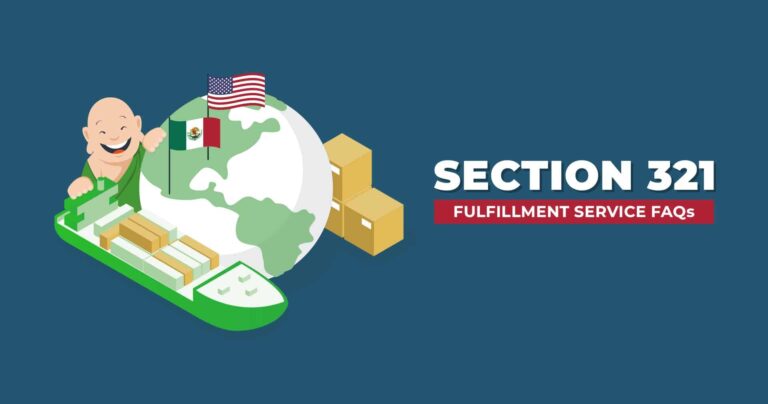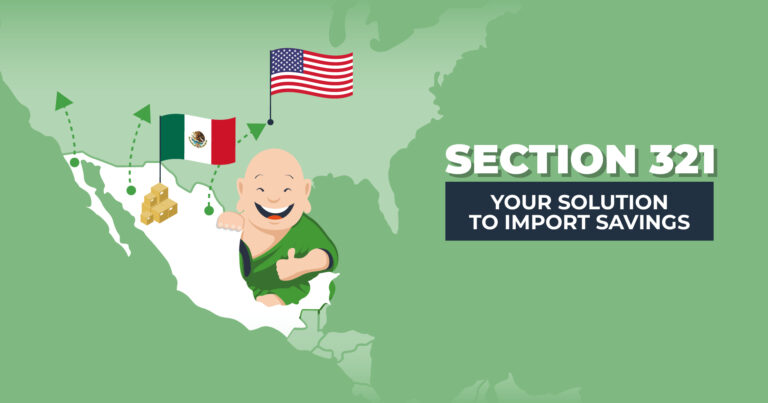A Simple Checklist for Going Global with Your Online Business
Ahoy, matey! If you’re anything like us, the urge to stretch your sea legs has been keeping you tossing and turning at night. Sure, you’ve built an incredible brand, razzled and dazzled your target demographic, and reached the apex of sales conversions… but is there more?
The answer, of course, is yes! Going global with your eCommerce business is often the final frontier for ambitious entrepreneurs looking to grow, grow, grow. In fact, the bridge between national and international can take an online store from a mom-and-pop shop to a full-blown operation.
Of course, this is a huge step for any company, which is why we’ve prepared this easy, breezy checklist for a hijinks-free transition. Grab a pen and notepad and see just how many boxes you can tick!
#1. Have I Thoroughly Researched New Markets?
Peanut butter may be one of America’s most beloved condiments, but it’s not winning any popularity contests in Europe. However unsettling this may be, the Europeans’ tepid reception of such an iconic American staple cements an important point: what works for some people won’t work for others. Sounds pretty simple, right?
Well, as it turns out, this nugget of wisdom is entirely applicable within the walls of eCommerce. While you don’t necessarily have to restrict the availability of certain products, it makes sense to concentrate your marketing efforts on regions that would be the most responsive to them. When doing your homework, consider things like language barriers, cultural differentiators, and historical shopping trends for similar niches.
Fun fact: For every rule, there’s an exception, and in the case of peanut butter, that exception is the Netherlands! The Dutch are notoriously nutty for peanut butter, or “peanut cheese,” as they call it.
#2. Do I Have Enough Inventory to Scale?
With the opportunity for more sales, you’ll need to make sure that your (virtual) shelves are fully stocked. Aside from mastering the art of inventory management, committing to a soft launch, or the release of a product to a restricted market or audience, could be an effective way to get your international intentions out there with relatively low risk.
In this case, soft launches can be executed in a variety of ways. You could start out by offering one specific product or product line, or by focusing your marketing efforts on a certain region, particularly one where the demand for your niche is highest. No matter which tactic you choose, a slow and steady approach is often less overwhelming, and, ultimately, more sustainable.
#3. Is My Shipping and Fulfillment Ready to Go?
It wouldn’t be a ShipMonk article if we didn’t talk about our two favorite topics — shipping and order fulfillment! As you might already know, this dynamic duo can cause strain on business owners, and the “trouble” gets doubled on a global scale.
That’s because, aside from catering to local shoppers, you’ll now have to account for foreign jargon, shipping regulations, and customs/duties/taxes that change by country! Safe to say, it’s a lot to think about, which is why outsourcing this part of your operation is usually your best bet.
In addition to less stress and more convenience, outsourcing comes with a major benefit for international companies: the ability to split inventory across multiple warehouses, which translates to faster, cheaper shipping for a wider range of customers. Talk about a win-win!
#4. Have I Updated Payment Methods?
Payment methods may seem like a minor detail, but don’t be fooled! A lack of payment methods is one of the leading causes of shopping cart abandonment — no bueno. Being as inclusive as possible will not only secure transactions, but also help international shoppers feel valued and recognized.
#5. Have I Communicated with My Customers?
Don’t forget to shout your plans for world domination from the rooftops! Social media, website announcements, and email newsletters are all fantastic ways to keep both new and existing customers in the loop.
Lastly, remember to track your progress. Running an eCommerce business is a constant ebb and flow that requires a great deal of flexibility and adaptability — and, if you have any questions along the way, we’re here to help!
P.S. Want more tips and tricks? We have your back — just subscribe to our blog newsletter!



